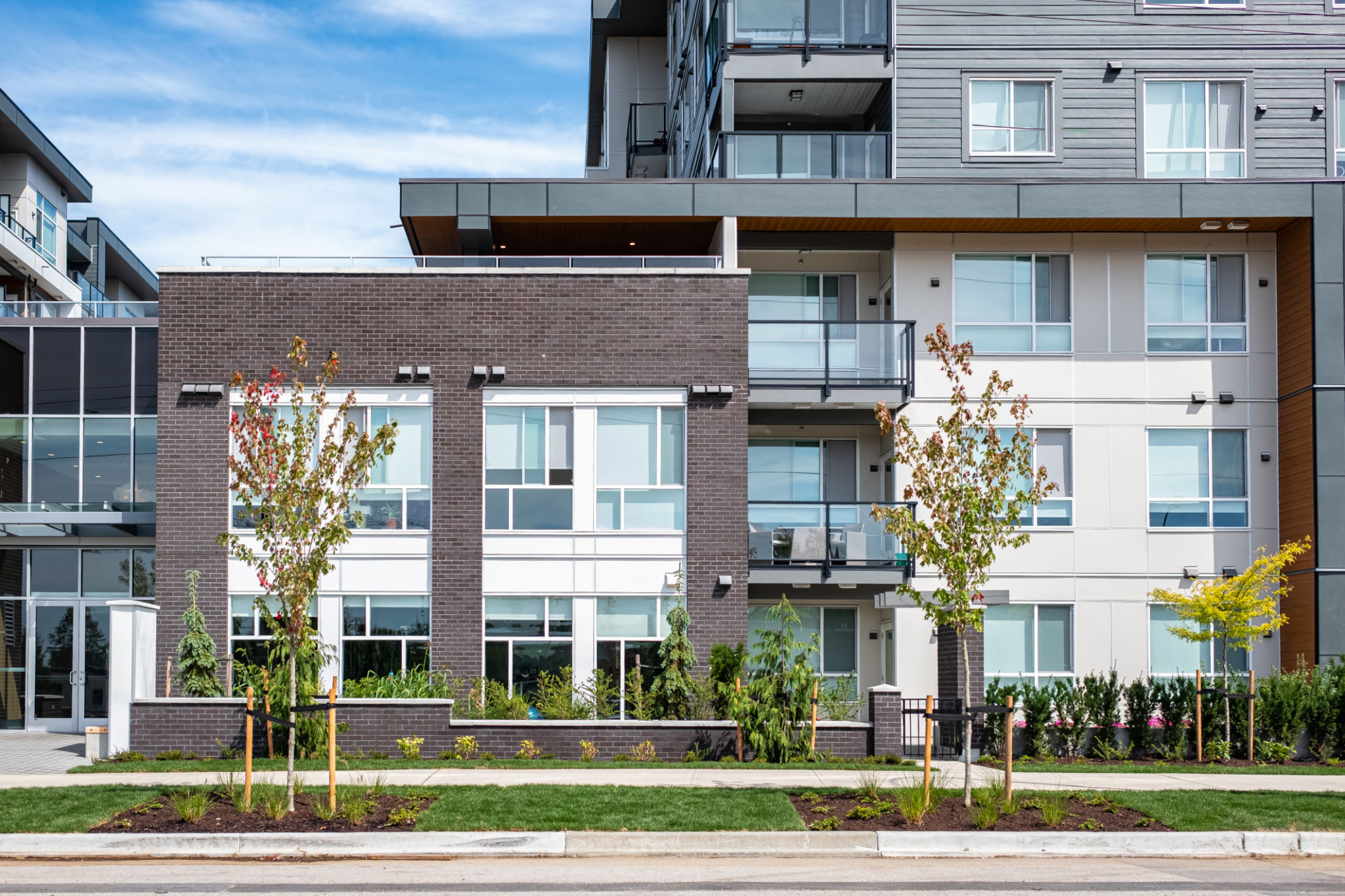How IoT Sensors Enhance Structural Assessments for Florida High-Rises
Understanding the Role of IoT Sensors in Structural Assessments
Florida's skyline is defined by its towering high-rises, which require thorough and regular structural assessments to ensure their safety and longevity. In recent years, the integration of Internet of Things (IoT) sensors has revolutionized how these assessments are conducted. By providing real-time data and insights, IoT sensors enhance the accuracy and efficiency of structural evaluations, ensuring that any potential issues are identified and addressed promptly.
Traditional methods of structural assessments often rely on manual inspections and periodic checks, which can be time-consuming and sometimes insufficient for capturing continuous data. IoT sensors address these limitations by offering a more dynamic approach. They are capable of monitoring various aspects of a building's structural integrity, such as vibrations, tilt, and environmental factors, providing a comprehensive overview of the building's health.

Key Benefits of IoT Sensors in Structural Monitoring
One of the primary benefits of using IoT sensors in high-rise assessments is the ability to collect vast amounts of data in real-time. This continuous flow of information allows for immediate analysis and response to any detected anomalies. As a result, building management can take proactive measures to mitigate risks before they escalate into significant problems.
Another advantage is cost efficiency. By automating the data collection process, IoT sensors reduce the need for frequent manual inspections, which can be costly and labor-intensive. Furthermore, these sensors can detect minor issues that might be overlooked during routine checks, preventing costly repairs or dangerous structural failures in the future.

How IoT Sensors Work in Florida's Unique Environment
Florida's high-rises face unique environmental challenges, including hurricanes, high humidity, and salt corrosion from the ocean. IoT sensors are specifically designed to withstand these conditions, providing accurate data even in harsh environments. They monitor stress levels, temperature changes, and moisture content, which are critical factors in maintaining structural integrity.
The adaptability of IoT sensor systems allows them to be customized according to the specific needs of each building. This flexibility is particularly beneficial in Florida, where the architectural styles and structural designs of high-rises can vary significantly. By tailoring the sensor system to each building's unique requirements, property managers can ensure more precise and relevant data collection.

Implementing IoT Sensors for Enhanced Safety
Safety is paramount when it comes to high-rise buildings. IoT sensors contribute significantly to enhancing safety by providing early warning signs of potential structural issues. For instance, if a sensor detects unusual vibrations or shifts in the building's foundation, it can trigger alerts that prompt immediate action from engineers or maintenance teams.
This proactive approach not only protects the structural integrity of the building but also ensures the safety of its occupants. Implementing IoT sensors as part of a comprehensive structural monitoring system demonstrates a commitment to safety and innovation in property management.
The Future of Structural Assessments with IoT
As technology continues to evolve, the role of IoT sensors in structural assessments is expected to expand further. The integration of advanced analytics and machine learning with sensor data could offer even deeper insights into building health, allowing for predictive maintenance and long-term planning.
In Florida, where high-rises are an integral part of urban development, embracing these technological advancements will be crucial for ensuring sustainable growth and safety. The future looks promising as more buildings incorporate IoT technology into their maintenance strategies, paving the way for smarter cities.

Conclusion: Embracing Innovation for Better Building Management
The use of IoT sensors in structural assessments represents a significant leap forward in building management practices. By offering continuous monitoring and real-time data analysis, these sensors enhance the accuracy and reliability of assessments for Florida's high-rises. As we look to the future, integrating IoT technology will become increasingly essential for maintaining safe, resilient, and efficient urban environments.
Embracing this innovation not only protects investments but also ensures the well-being of residents and contributes to the overall sustainability of our cities. As more property managers recognize these benefits, the adoption of IoT sensors will likely become standard practice in high-rise maintenance protocols.
